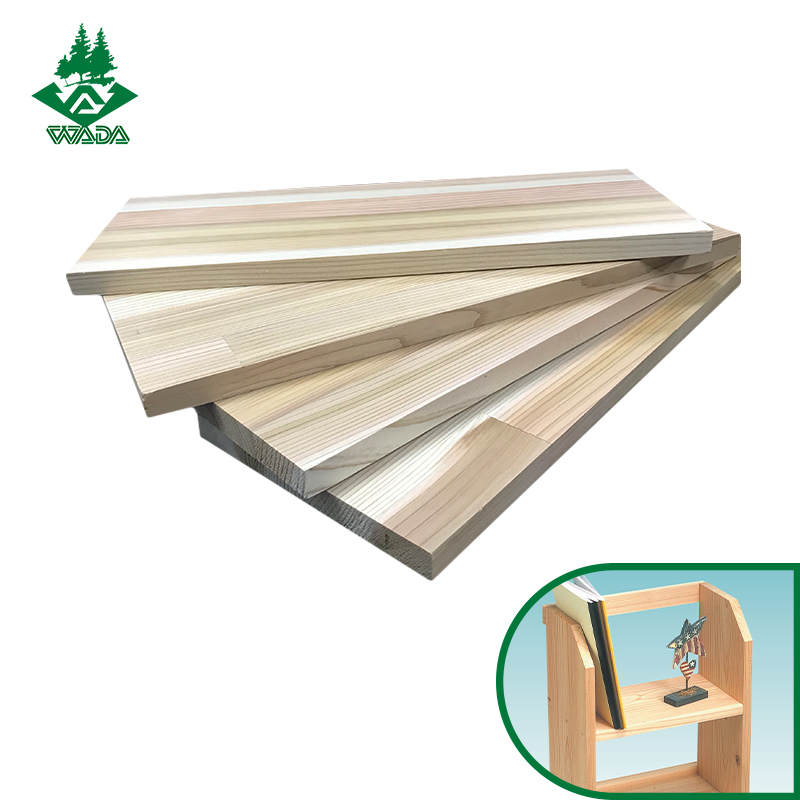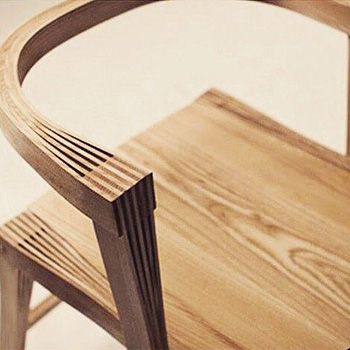Blog
Exploring the Benefits and Uses of Finger-Jointed Boards
Finger jointed boards, also known as finger-jointed lumber or box-jointed wood, are a versatile and commonly used material in woodworking and construction. They offer several advantages over traditional solid wood boards, making them a popular choice for various applications. In this blog post, we will delve into the world of finger jointed boards, exploring their benefits, uses, and some tips for working with them.
Benefits of Finger Jointed Boards:
Stability and Strength: Finger jointed boards are crafted by joining shorter sections of wood using interlocking fingers, creating a strong bond that mimics the strength of solid wood. This construction technique helps prevent warping, splitting, and other common issues that can occur with solid wood.

Cost-Effectiveness: Utilizing shorter wood sections to create finger jointed boards allows for the use of less expensive or reclaimed wood. This cost-effective approach can be advantageous for large-scale projects without compromising on quality.
Environmental Impact: Finger jointed boards often contribute to sustainable practices by maximizing the use of wood resources. They can be made from offcuts and small pieces that might otherwise go to waste.
Dimensional Stability: The interlocking finger joints distribute weight and stress evenly across the board, leading to improved dimensional stability. This makes finger jointed boards less prone to expansion and contraction due to changes in humidity and temperature.
Common Uses of Finger Jointed Boards:
Furniture Making: Finger jointed boards are widely used in furniture construction, from tables and chairs to cabinets and bookshelves. Their stability and strength make them ideal for creating long-lasting, durable pieces.
Cabinetry and Millwork: The precision and stability of finger jointed boards are well-suited for cabinetry and millwork projects. They can be crafted into intricate shapes and profiles without compromising structural integrity.

Trim and Molding: Finger jointed boards are also popular choices for trim and molding applications. They can be used to create decorative elements that enhance the aesthetics of a space.
Structural Components: In construction, finger jointed boards can be used as structural components like beams and columns. Their strength and stability contribute to the overall integrity of the building.
Finger jointed boards offer an array of benefits that make them a smart choice for various woodworking and construction projects. Their stability, cost-effectiveness, and environmental advantages make them a staple in the world of woodworking. By understanding their benefits and mastering the techniques required for working with them, you can take full advantage of what finger jointed boards have to offer in your projects.